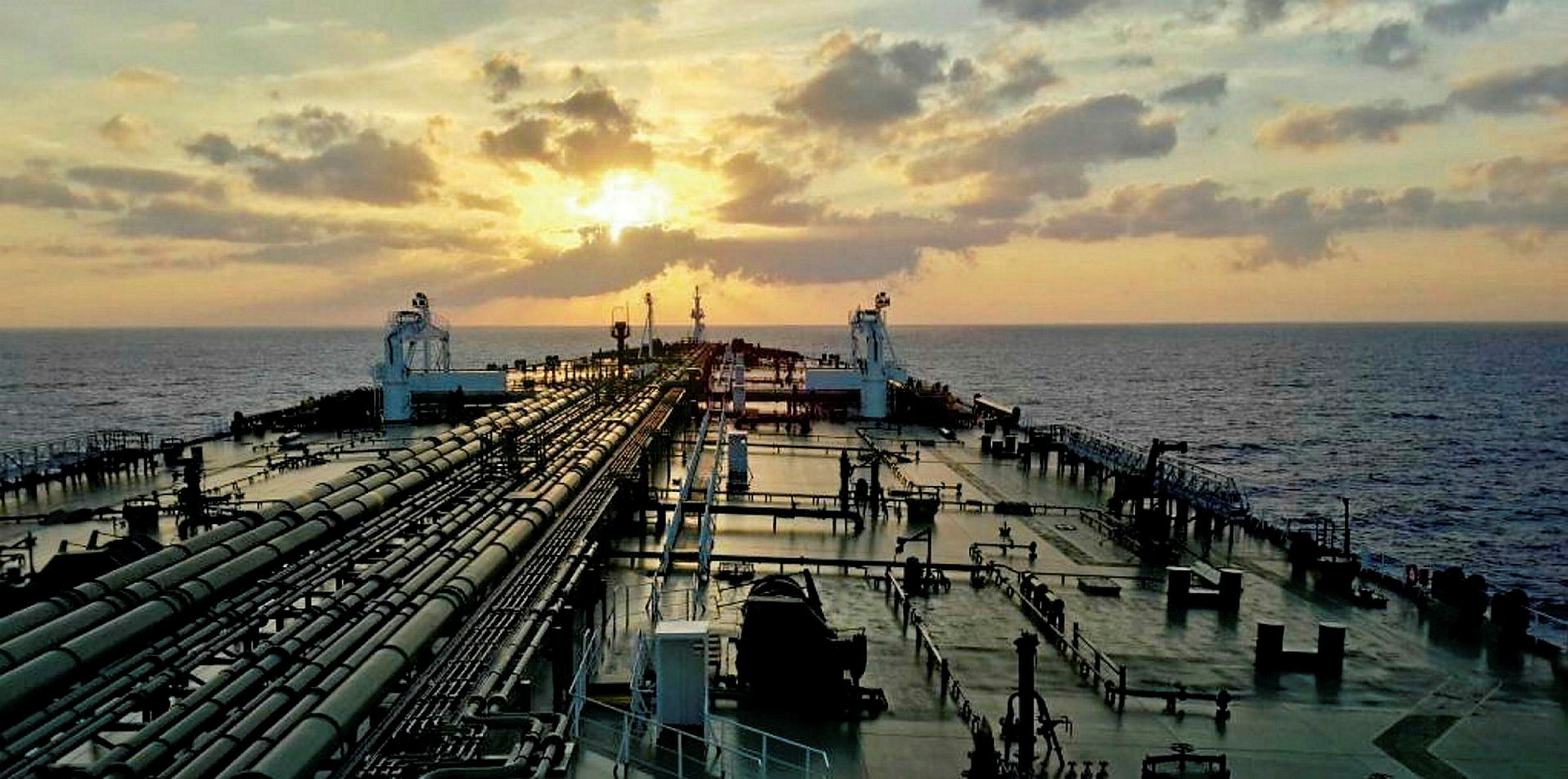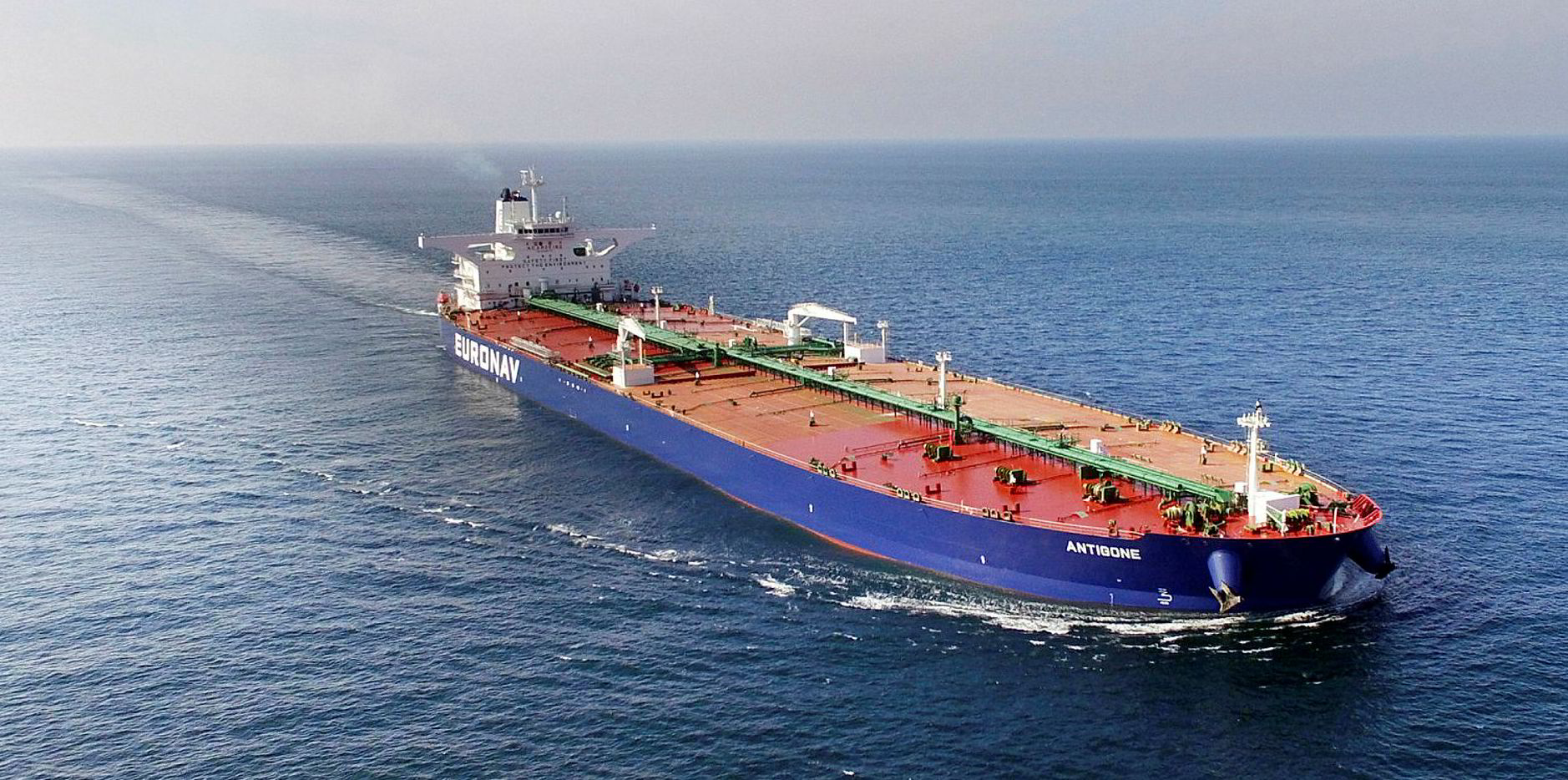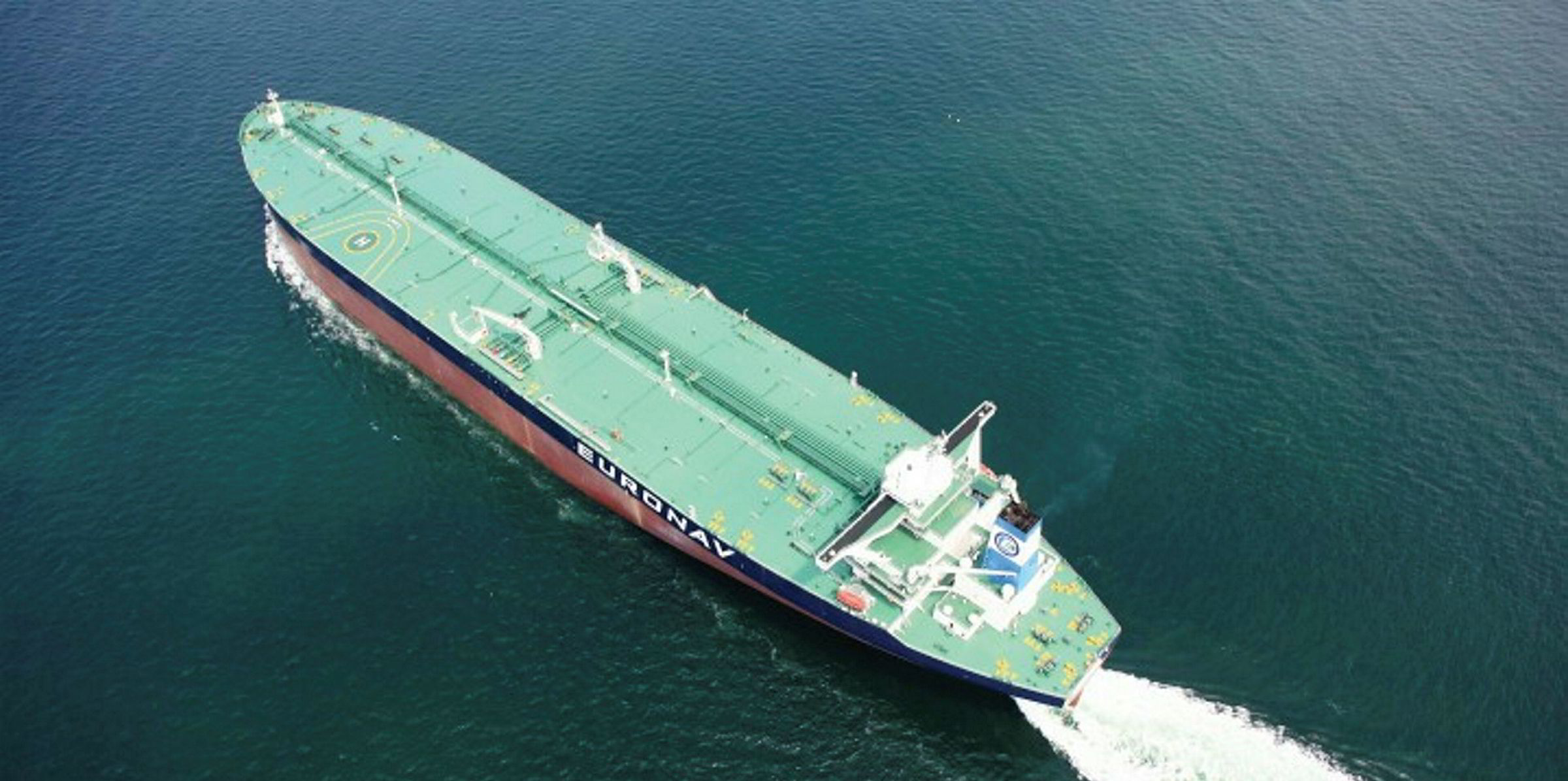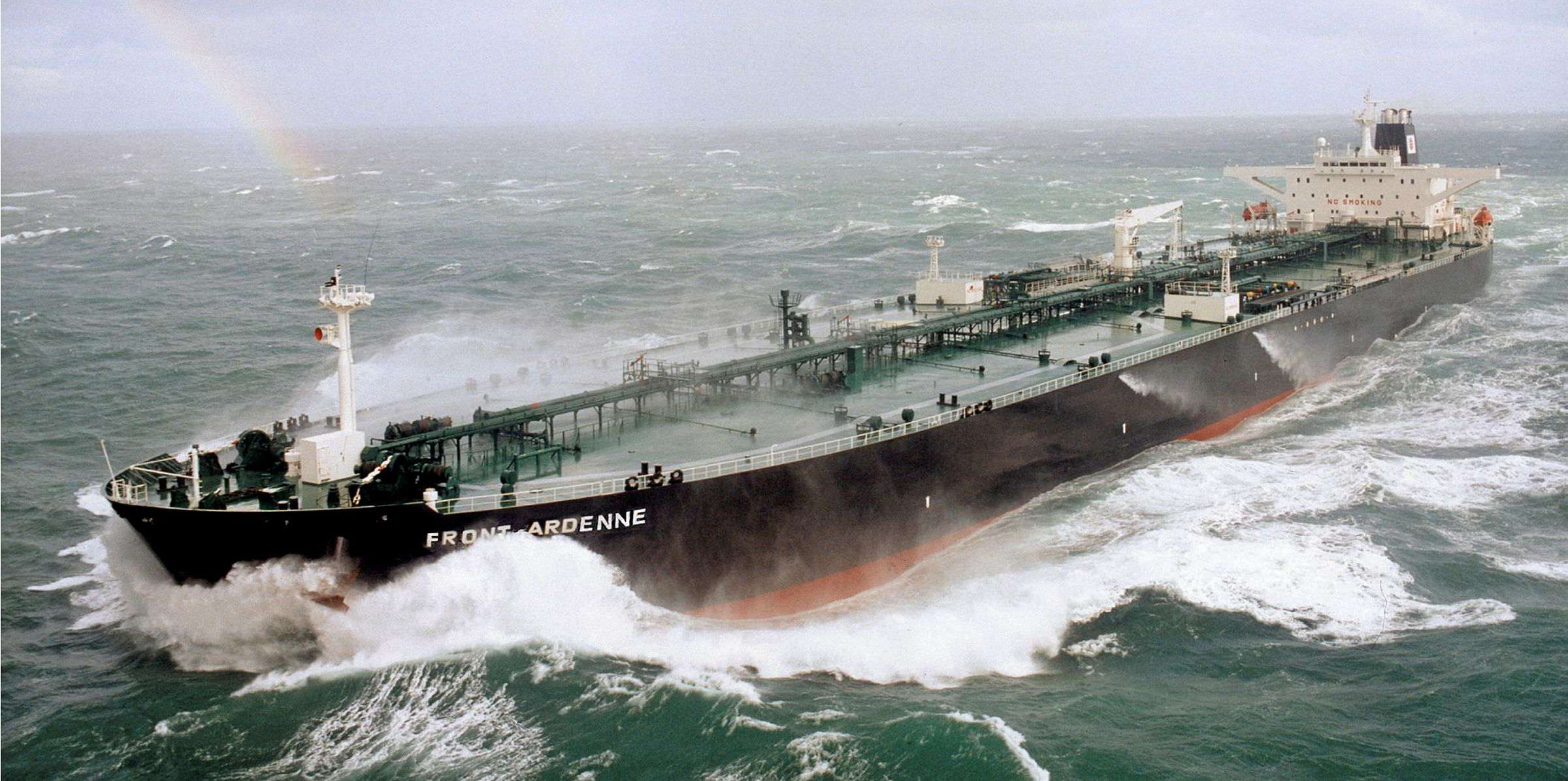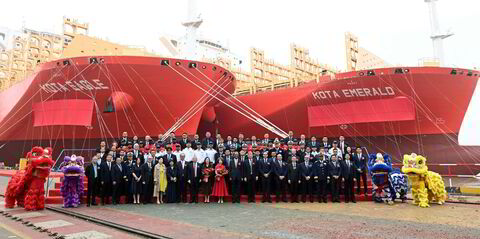Spot earnings of VLCCs have jumped on a frenzy of fixing activity in the Middle East, prompting talks that seasonal weakness is ending earlier than usual this year.
Based on Clarksons Platou Securities’ assessments, VLCC earnings has risen to $39,200 per day as of Monday, near its year-to-date high, compared with $30,500 last Thursday.
“Surging activity out of the Middle East Gulf made VLCC earnings jump,” the brokerage said. “Rates in the segment have surpassed the five-year average by $8,000 per day.”
Data from Tankers International shows 28 VLCCs have been fixed to lift from the region during 1 to 10 September, following 151 fixtures for the whole of August.
The latest fixtures include Sinokor’s 299,700-dwt V Advance (built 2019), which was chartered to Day Harvest at Worldscale 63.5 for loading crude during 1-2 September for a shipment to South Korea. This could not be immediately verified with the South Korean owner.
Separately, DHT has provisionally chartered out the 299,600-dwt DHT Tiger (built 2017) to GS Caltex at WS 63.5 on the same route, with a loading date range of 30 September.
Similar deals were done at about WS 53 a week ago.
Despite geopolitical conflicts in the Middle East and persistent Opec production cut, some analysts suggested the VLCC market is riding out the seasonal downturn with ending refinery maintenance and IMO 2020.
Houthi forces in Yemen recently launched multiple drones to attack oil facilities in Saudi Arabia’s 1m-barrel-per-day (bpd) Shaybah field. According to Saudi Aramco, the country’s national oil firm, a fire occurred at the Shaybah natural gas liquids plant but no disruptions to oil operations were reported.
Still, with the ongoing Opec cut, Saudi Arabia has reportedly planned to keep crude exports below 7m bpd this month and next even though consumers demand 10% higher.
With the end of maintenance season, global refinery throughput is expected to increase to 83.6m bpd in the third quarter from 81m bpd in the prior three-month period, according to the International Energy Agency.
Even if Middle Eastern crude supply is capped, the VLCC market is expected to remain support as Asian crude buyers will turn to the US for longhaul shipments.
While US crude exports have fallen to a little over 2m bpd in the past two weeks from the July level of 2.7m bpd, this would be a short-term phenomenon as the discount of West Texas Intermediate to Brent crude is likely to widen again, incentivising more buying of US cargoes, according to Alphatanker.
In addition, analysts pointed out that the IMO 2020 sulphur cap will trigger higher refinery runs and take some tonnage out of trading for scrubber installations, boding well for the tanker market.
“The August jump in freight rates comes nearly two months ahead of time, sending a key signal that the market is changing,” Arctic Securities said.
“In our view, the key factor is the recent blow-out of low-high sulphur spreads as the market start to price in IMO effect.”
“The Rotterdam spot gasoil-HFO [high-sulphur fuel oil] differential has gone from $200 per tonne to $280 per tonne ton in a month, taking it to a five year high, and will contribute to a marked rise in refinery runs [in the second half of 2019 that is] needed to cover the surge in middle distillate demand as a result of the IMO’s regulations.”
Another positive factor is that 5% of the VLCC fleet would be off hire at any given time through the end of this year, with shipowners dry-docking their vessels for scrubber installations, based on Stifel’s estimates.
Smaller crude and product tankers are also expected to ride on the IMO 2020 factors, even as the gains in their earnings have lagged behind the VLCC rises so far.
Clarksons Platou said: “The progression in the crude market should drive product tanker earnings positively going forward.”
“It is not uncommon for the larger ships to see the first rate movement and thus we expect suezmax and aframax rates could also strengthen,” according to Stifel.
“Whether demand is better or supply is artificially compressed, as we move closer to the seasonally stronger time of the year, paired with scrubber fleet shrinkage, we expect the tanker market has seen the worst of 2019,” Stifel said.
